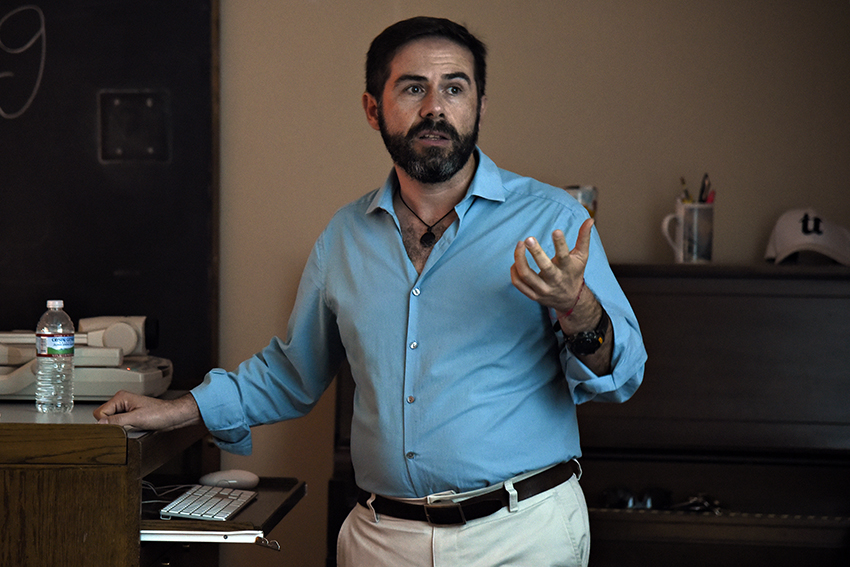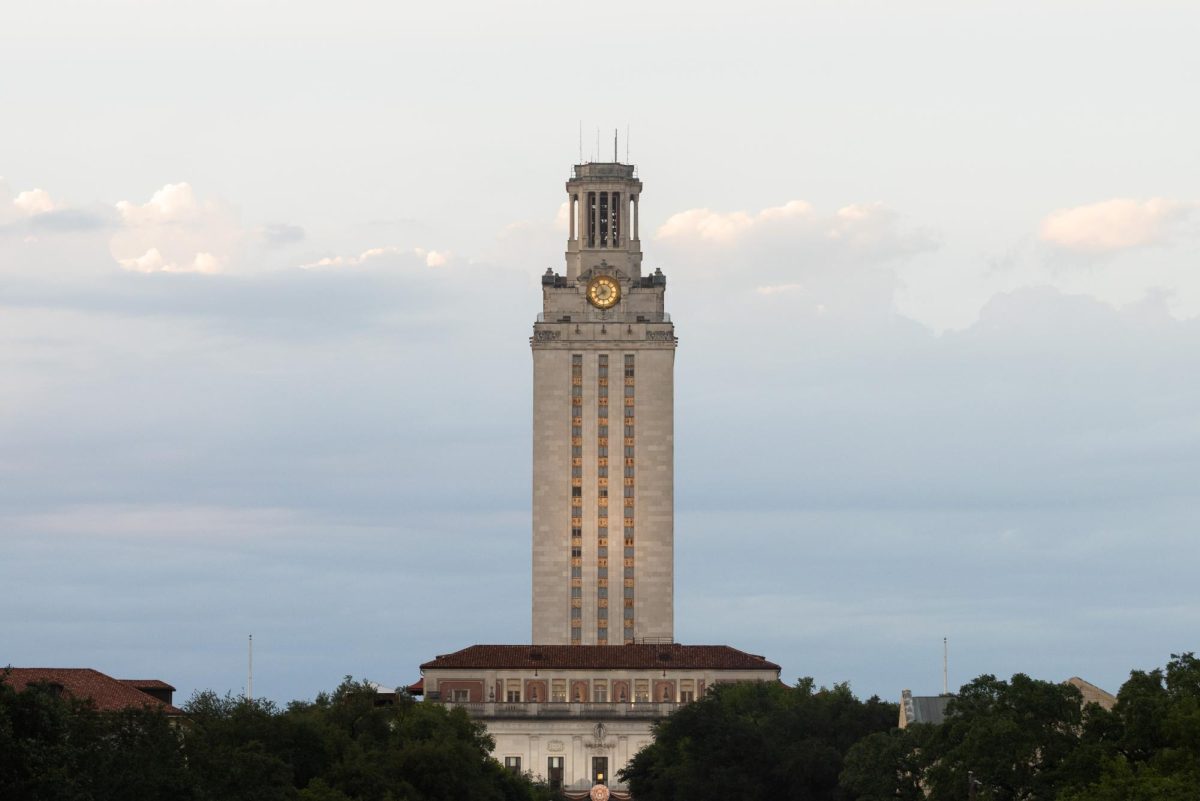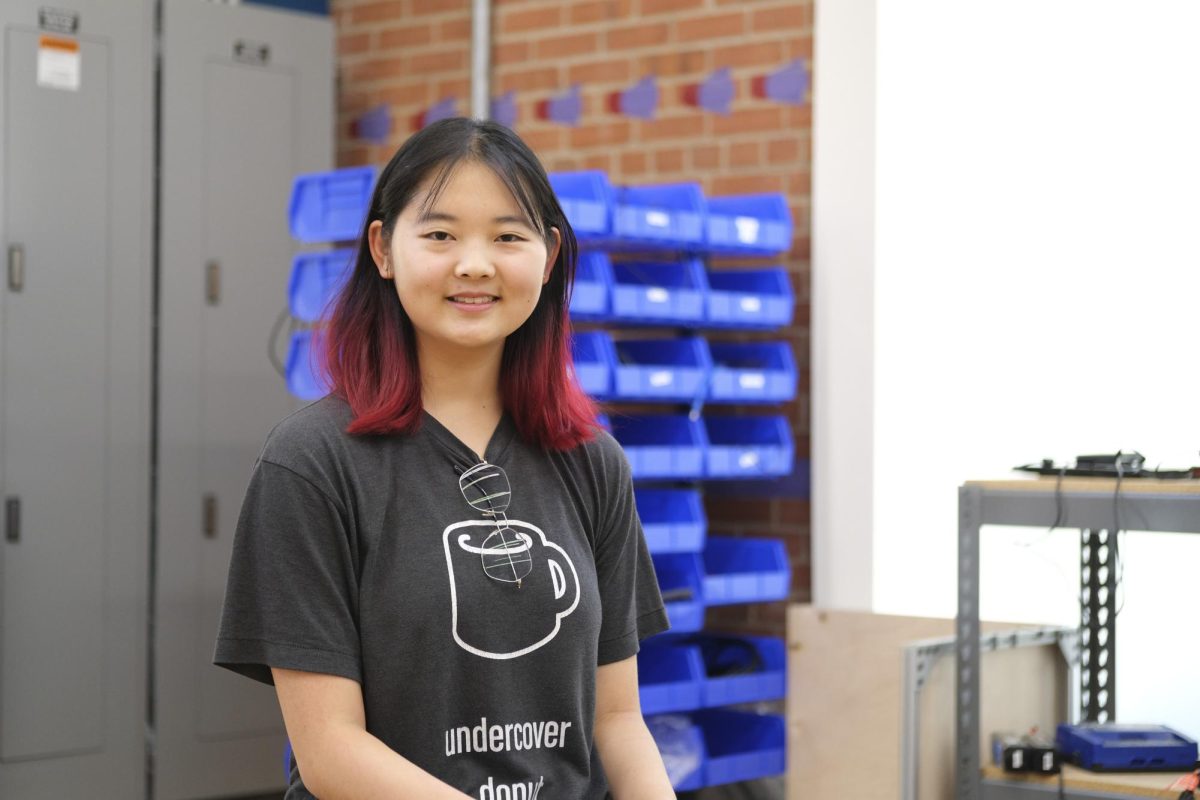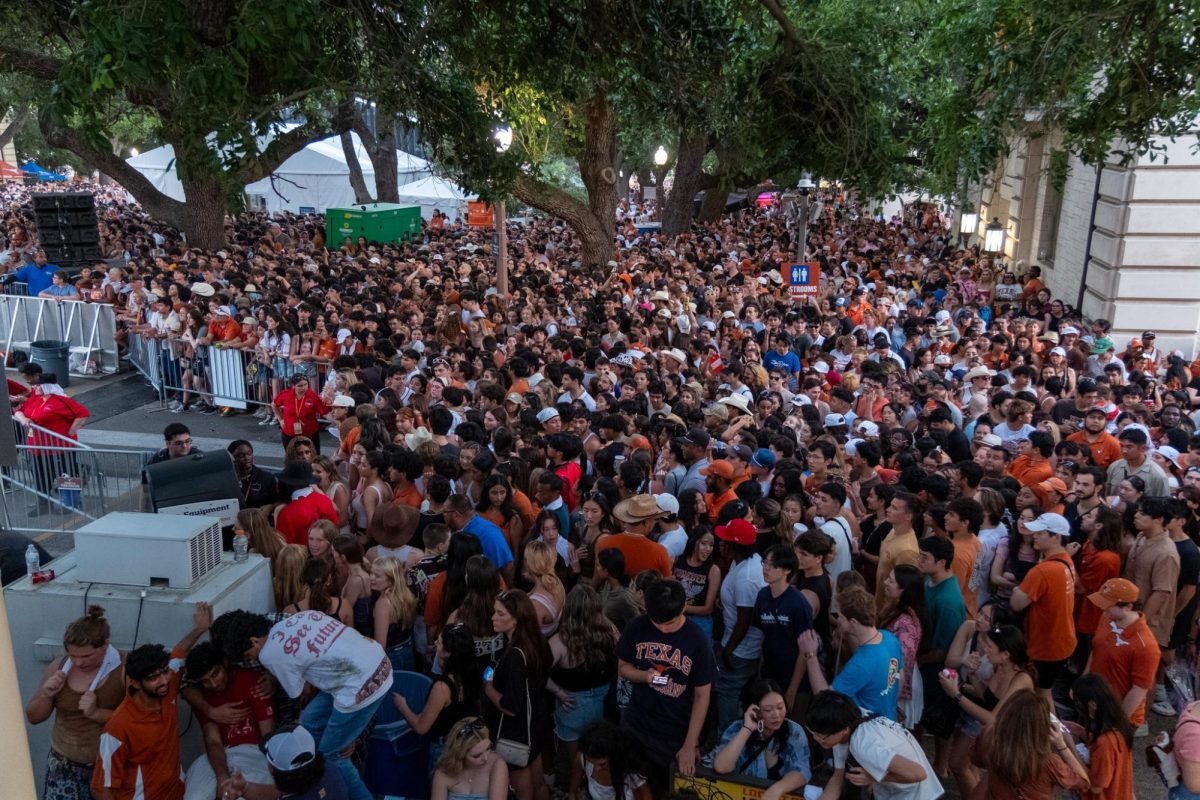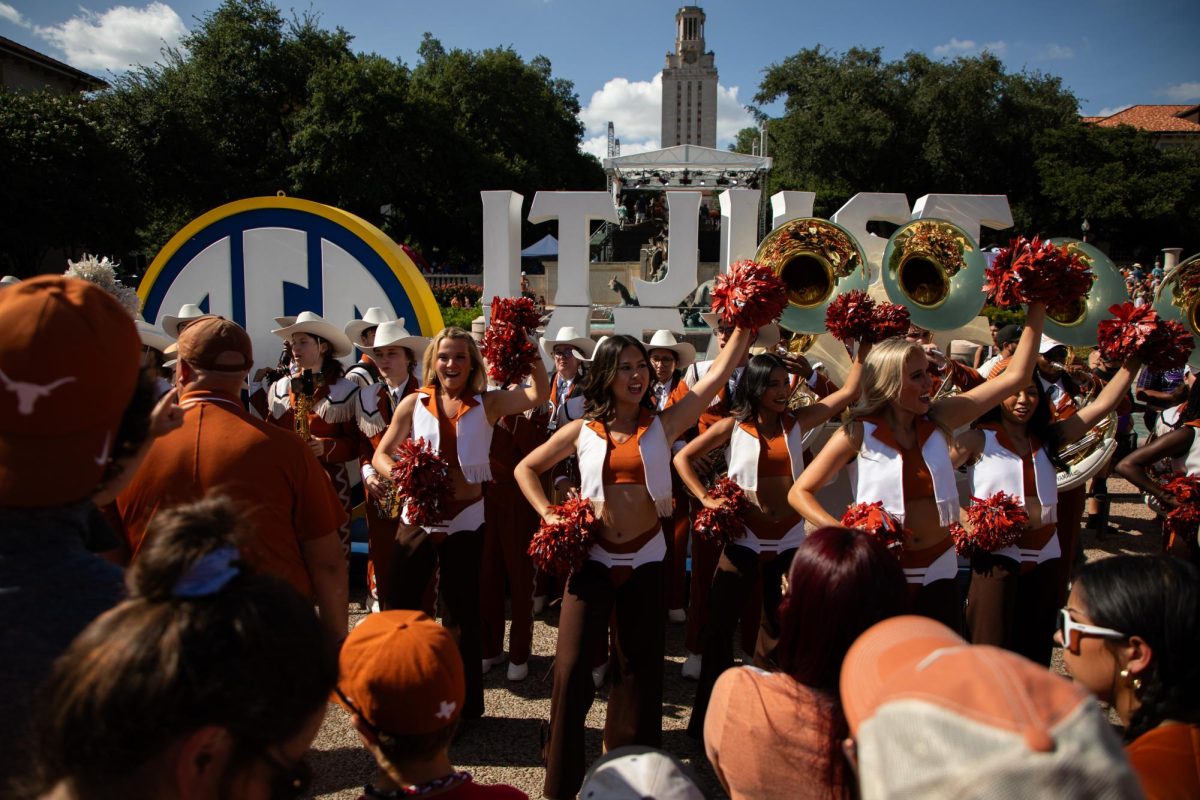The ancient but relevant Central American language Nahuatl has left researchers trying to piece together its history, said Sergio Romero, Spanish and Portuguese associate professor, in a lecture Monday night.
“I began to work with Nahuatl almost by accident,” Romero said.
The Mesoamerica Center Colloquium Series hosted Romero in its first event about the language Nahuatl and the post-Classic in Guatemala.
Romero said he took a trip to the eastern Guatemalan town Santa Maria Ixhuatan while in graduate school in 1998. His mission was to track down a land deed written in Nahuatl, the southernmost Uto-Aztecan language, which entered Mesoamerica in two waves and exists today in Guatamala. Upon arrival, Romero spoke with the mayor who allowed him to view the 104-page document.
“I began to read the document and realized there was a number of odd features about it, and that’s how the whole thing started,” Romero said.
Romero said the language has two central varieties and one eastern variety, known as Pipil. The name ‘Pipil’ was used to describe local Nahuatl speakers due to the way their pronunciations sounded to the Spanish.
“When you look at the process of language acquisition in Central Mexico, children started learning by pronouncing their words the same way these people did,” Romero said. “So when naming this language, the (Spanish) said, ‘These people talk like children, let’s call them children.’”
Romero said researching the chronology of eastern and other varieties of Nahuatl seems futile at times. A past director of the archives tried to separate the documents, but his efforts made the organization more confusing due to the way the archives have been organized in the past, Romero said.
“It’s sad because we cannot identify the places where these documents were written,” Romero said. “The archives are a bit of a mess.”
Mesoamerican art history graduate student Katherine McCarthy said she first became interested in Mesoamerica while working with a collection of Mexican ceramics.
“It was a field I hadn’t ever experienced before or been exposed to because I grew up in the U.S.,” McCarthy said. “There’s a lot left to be discovered. There is political unrest and funding issues, so sites don’t get excavated as quickly.”
Linguistics sophomore Sunkulp Ananthanarayan said he appreciated the technicality of the lecture.
“I thought it was impressively informative for a general audience, while not skipping over the linguistically interesting specifics of Nahuatl,” Ananthanarayan said.



